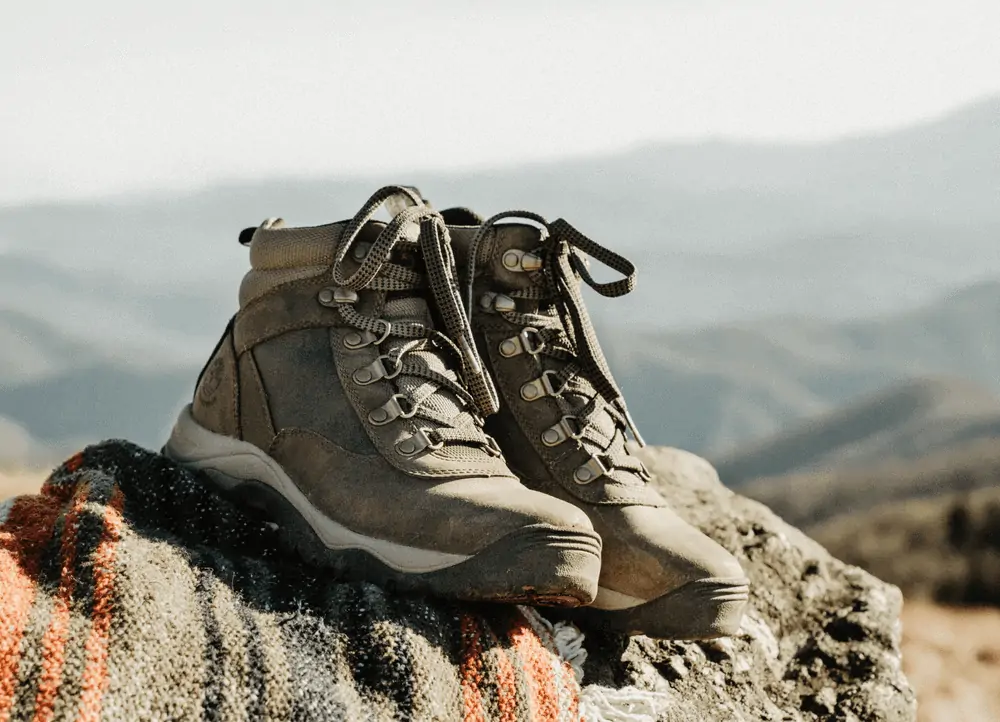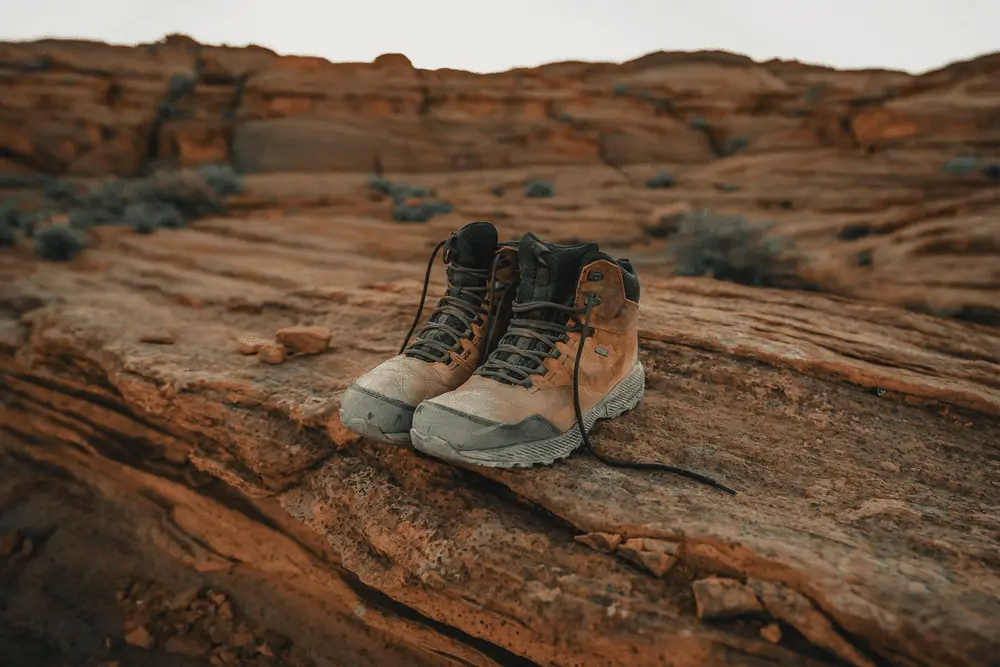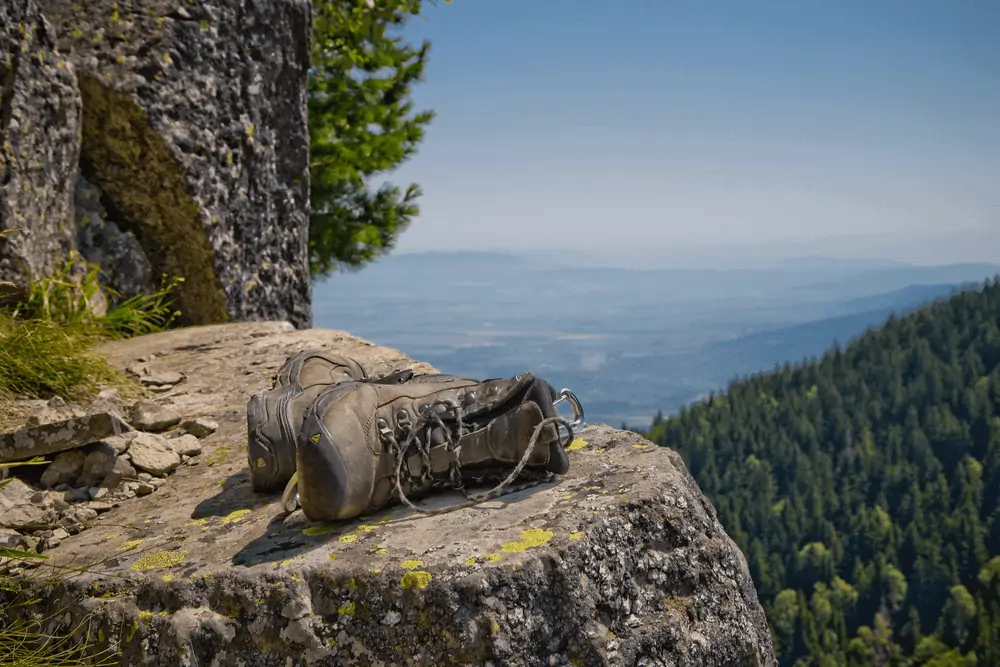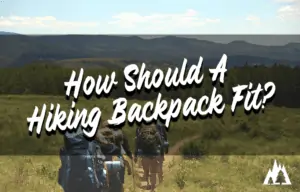How Long Do Hiking Boots Last?
Nothing lasts forever, as much as you’d want it to, and hiking boots are no exception.
We get that it can be quite hard to bid adieu to that sturdy pair that took you through creeks, dirt, mud, and rocks to some of your life’s most memorable adventures, but at some point, it’s time to literally hang up your boots.
But how long can you keep a pair of hiking boots before it’s time to hang them up?
Read below, and we’ll tell you how long you can expect your hiking boots to last and what factors affect their longevity.
Lifespan in Miles
When it comes to how many miles your boots can hike through, the answer is that the heaviest models can last you anywhere between 600 and 1,000 miles, though this number also depends on the type of terrain that the boots are exposed to, as well as a range of other factors, such as the make and material of the boot.
Therefore, it also makes sense to know the lifespan of a pair of hiking boots by their type.
Lifespan by Type

We categorize hiking boots into three main categories—lightweight, midweight, and heavyweight hiking shoes.
Here’s the lifespan of each type.
Lightweight Boots
Meant for trail running and high-top hiking, lightweight boots, as the name suggests, are quite light, with more synthetic materials and fabric in their make than mid or heavyweight boots.
While these boots offer excellent ankle support, they last for an average of a year for consistent hikers. You can expect to cover 500-750 miles, which is quite a bit of ground, due to the movement speed these shoes allow.
For a recreational hiker, lightweight boots may last 5-10 years.
Midweight Boots
Midweight boots offer better protection to your feet and ankle support than lightweight boots, with the main purpose of these boots being to efficiently balance weight and support.
These boots are quite comfortable and have a shorter break-in period, as they are usually built using a combination of leather and fabric pieces that are sewed together.
However, the presence of these many seams means a presence of just as many problem points. Usually, the seams just behind your toes are the first to give in (they’re also the part of the shoes that flex the most).
With a midweight pair of boots, the average hiker can expect five years with regular usage, while more dedicated hikers may get five years or less, depending on the number of miles and the types of trails they hike through.
Heavyweight Boots
These are the literal heavyweights, engineered specifically for rough topographies and heavy loads on the back. The foot protection and the support offered by such boots are exceptional and the maximum you can expect from a pair of hiking boots.
Heavyweight boots have a midsole shank to protect the sole and are also quite stiff around the ankles. They can be made from synthetic fabric or full-grain leather, though the latter lasts much longer, especially if it’s molded from one leather sheet and, therefore, has fewer seams.
Though these boots can be quite heavy on the feet, they can last several years if cared for and used properly—even decades.
The one drawback with these boots, though, is that they have quite a long break-in time; even if you use oil to speed up the process, they’ll require extensive usage before they mold to your feet’s shape. Heavyweight boots are also quite expensive.
However, for a recreational hiker, these boots can last beyond a decade, with only the soles possibly requiring replacement every five years, depending on the usage.
Other Factors That Affect Your Boots’ Longevity

Here are some other factors that can affect how long your boots live:
- Materials: The higher the leather content, the longer boots last, especially full-grain leather from unsplit cowhide. The resistance to scratches and damage is higher.
- Hiking Conditions: Consistently hiking through rough terrain will reduce your boots’ lifespan. The more the rocks and roughness, the quicker your boots will wear out (both the tread and upper part).
- Maintenance: As with any well-maintained object, well-maintained boots will also live longer. Boots with water and dirt-repellent features are also a good idea.
- Quality of the Boots: In addition to high-quality materials, high-quality craftsmanship is a must. The two go hand-in-hand. If you buy low-quality boots, you can’t expect them to last you long. Quality means shelling out more. In any case, a good pair of boots that last you for years is less expensive in the long run than boots that require frequent replacement.
- The Distance: How many miles you hike will also affect your boots. More the miles, the quicker the boot wears down.
How to Make Your Boots Last Longer

Hiking boots can get dirty very quickly, and keeping them clean can really help with their longevity. Caked dirt and dust on your boots can wear them down, causing scratches and abrasion on the surface.
If you have leather boots, simply dry brush the boots to remove dried mud and dirt. For full-grain leather, leather protectant to repel water and dust and a moisturizer/conditioner for protection and crack prevention in the skin will help prolong your boots’ life.
With boots made of fabric, wetting the shoe and then brushing off the dirt gently works better.
Keep your boots in a dry space when not in use, ensuring that it isn’t in the path of direct sunlight and other temperature spikes.
Final Thoughts
If you’re a recreational hiker, you can wear your old pair of running shoes for easy, flat trails. You can even hike in Blundstones if you wanted to. However, on difficult terrain, you should invest in higher-quality boots. Like anything, the more you take care of your hiking gear, the longer it will last.
If you don’t know whether your boots have a few good years left in them or not, signs such as frayed/worn laces, loose eyelets, visible compression lines, cracked midsoles, worn down insoles and ankle support, worn-out tread on the outsoles, and discomfort/pain from your boots mean that you should be replacing your boots. Also, make sure to wear some socks to help alleviate any discomfort.
If you want long-lasting boots, you need to be prepared to spend accordingly. If you’re only an occasional recreational hiker, a light or midweight pair of boots may be a better idea. At the end of the day, it all depends on what you’re looking for and what you’re willing to give to get it.
Ultimately, it’s inevitable that any pair of hiking boots is going to give up on you someday, but with the right choice of boots, care, and usage, you can get the very best out of them for a long time before you finally have to let go.






